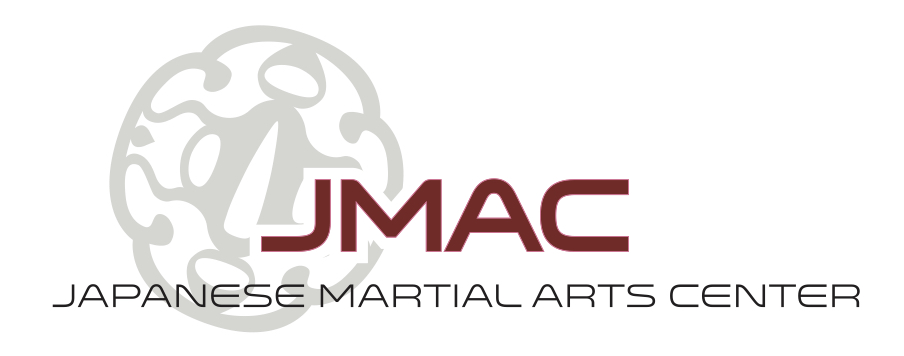Do you struggle to stay motivated when life gets hectic—or when the winter blues set in?
Looking for a positive way to add structure, discipline, and energy back into your week?
Martial arts might be the answer you’ve been searching for.
Finding Strength in Structure
Seasonal depression often throws off your daily rhythm. Martial arts training provides the structure andaccountability you need to stay active and engaged. When you know your classmates and instructors are expecting you, it’s easier to get moving—even on tough days.
And as you progress through the ranks, you’ll set tangible goals that foster self-confidence and a deep sense of accomplishment.
A Healthy Outlet for Stress
Karate offers a safe and empowering outlet for stress and frustration. Each punch, kick, and kata provides a release—allowing you to transform tension into focused energy. The result? A calmer mind and a lighter heart.
Learn more about finding a healthy outlet in martial arts in our latest article.
Train with the Top Karate School in Ann Arbor
If you’re ready to find structure, accountability, and motivation this season, now’s the perfect time to start training. Our supportive instructors and community will help you stay consistent, build confidence, and manage stress—all while learning powerful martial arts skills.
✨ Join our karate school in Ann Arbor today and discover how structure can help you stay strong, focused, and balanced—on and off the mats.







